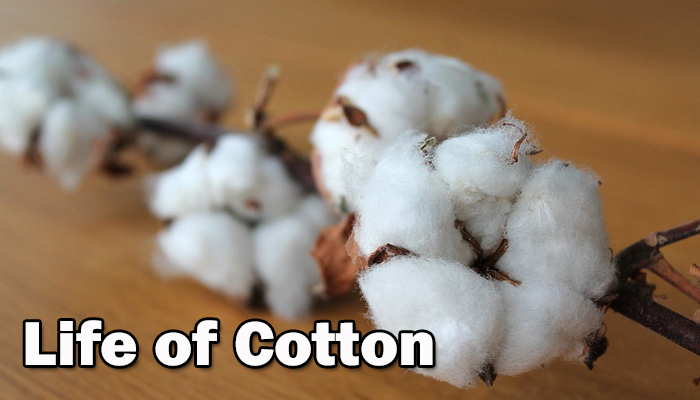Centuries ago, the Inca developed ingenuous suits of armor that could flex with the blows of sharp spears and maces, protecting warriors from even the fiercest physical attacks. These hardy structures were made not from iron or steel, but rather something unexpectedly soft: cotton.
These thickly woven, layered quilts of cotton, could distribute the energy from a blow across a large surface area, shielding warriors without restricting their mobility.
These seemingly contradictory features— strength and flexibility, softness and durability— have their roots in the intricate biology of the nearly invisible cotton fiber. These fibers begin life deep within a cotton flower, on the surface of a seed. As many as 16,000 fibers will festoon a single seed, bulging from the seed’s surface like miniature water balloons.
Growth of primary cell
Each cotton fiber, no matter how large it grows, is made of just one cell. That cell has multiple layers of the cell wall. After a few days, the sides of the first layer, called the primary cell wall, stiffen, pushing cell growth in one direction and causing the fiber to elongate. The fiber elongates quickly for about 16 days.
Then it begins the next stage: strengthening the cell wall. It does this by making more of the carbohydrate cellulose. Cellulose will make up 34% of the cell wall at this stage and swiftly increases. This new growth also reinforces the cell wall by going against the grain of the existing wall. The strengthened wall is more rigid, restricting further growth.
That means if the fiber remodels its walls too early, it will be short, and ultimately make rough weak fabrics. But if cell wall strengthening begins too late, the wall won’t be sturdy enough— producing fibers that are too weak to hold fabrics together well.
In ideal growing conditions— with the right temperature, water, fertilizer, pest control, and light— a cotton fiber can grow up to 3.6 centimeters long with only a 25-micrometer width.
Long, fine fibers can wrap around one another better than shorter, less fine fibers, which means those long, fine fibers make stronger threads that hang together better as fabric.
Cotton with these qualities has diverse uses— from soft textiles to the U.S. dollar bill, which is 75% cotton.
Secondary cell growth
The next crucial stage of the cotton fiber’s growth begins as it thickens its secondary cell wall by depositing large quantities of cellulose into the second layer. Cellulose goes on to make up over 90% of the fiber’s weight. The more cellulose that gets deposited, the denser that secondary layer becomes— and this determines the strength of the final fiber. This stage is essential for developing long-lasting material for the likes of, say, a t-shirt.
The garment’s capacity to withstand years of washing and wear is largely determined by the density of that secondary cell wall.
On the other hand, its softness is strongly influenced by the length of the fiber, established with the remodeling of the primary wall layer.
Finally, after about 50 days, the fiber is fully grown. The living matter within the cell dies off, leaving behind only the cellulose. The dried cotton seed pod, or boll, that surrounds the fibers cracks open, unveiling a burst of several thousand fiber cells in a fluffy mass. The thread-like fibers we see— thinner than a human hair— are the remains of those dense, dried out walls of cellulose.
Tens of thousands of these fibers spun into yarn will go on to make everything from fabric to coffee filters, diapers, and fishing nets. And with the help of modern science, cotton might soon be softer, stronger, and more resilient than ever as researchers investigate how to optimize its growth based on nutrients, weather conditions, and genetics.

